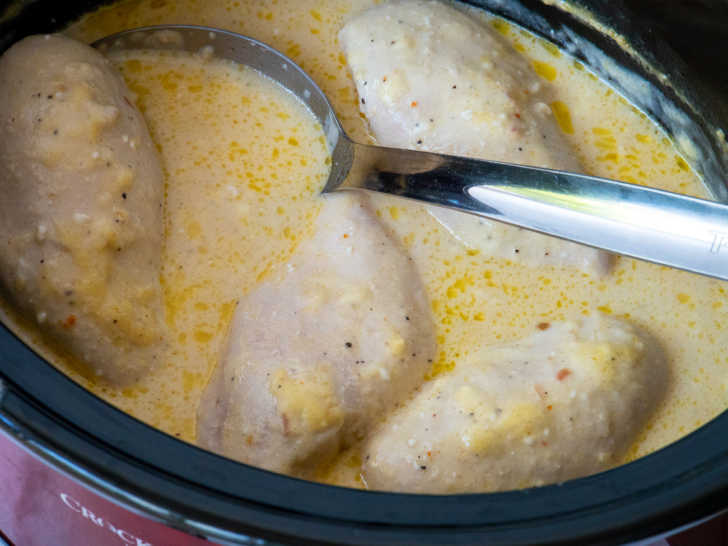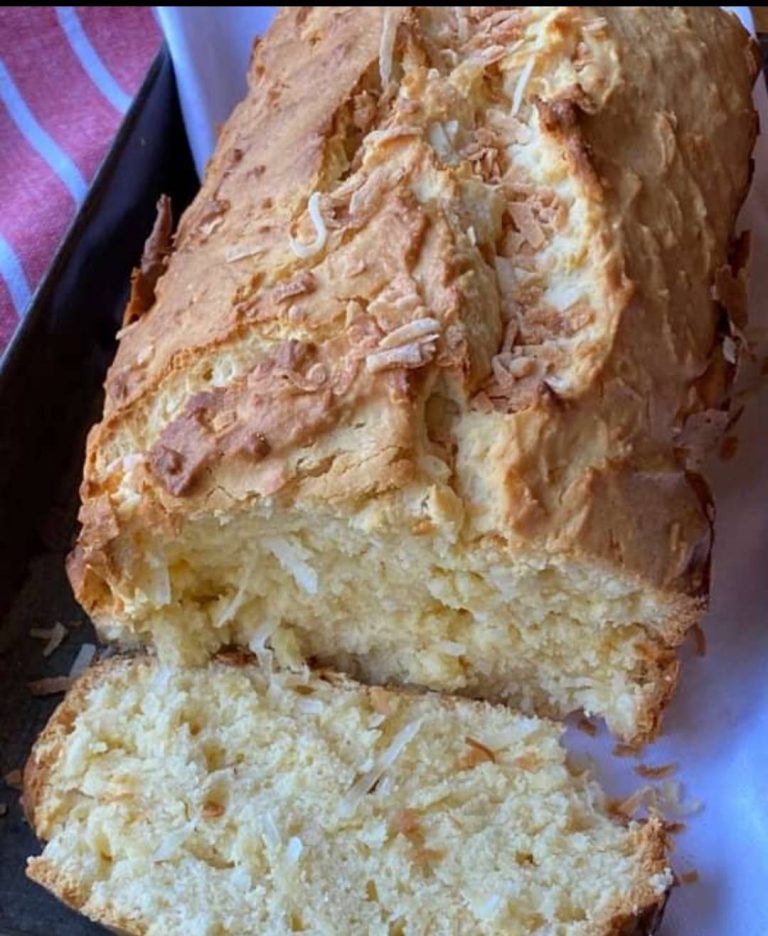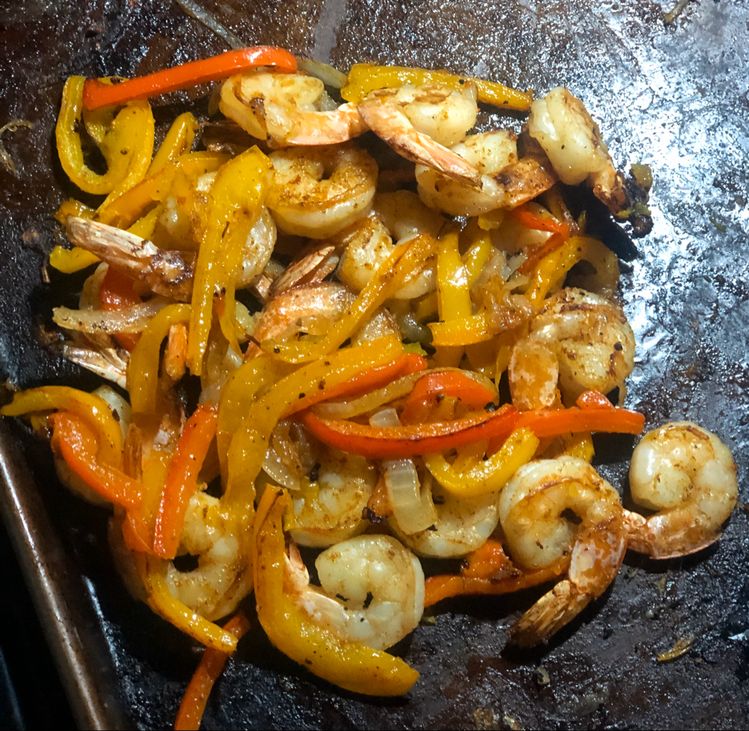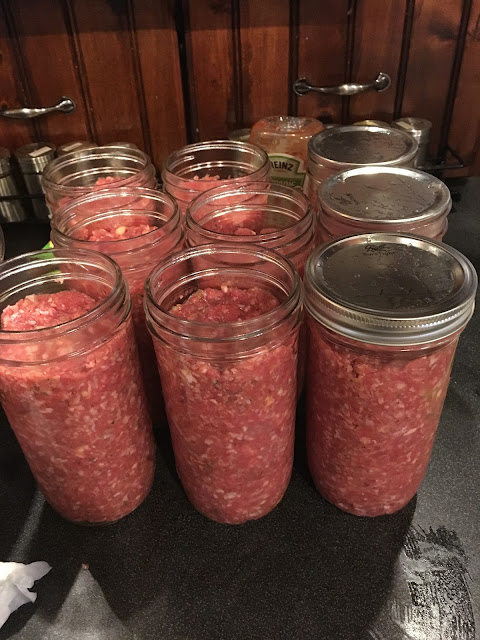Greek Bougatsa

My Love Affair With Greek Bougatsa: A Slice of Comfort From My Kitchen to Yours
There’s something about the aroma of fresh Greek Bougatsa wafting through my kitchen that instantly transports me back to those sleepy Athens mornings, standing in line at a tiny bakery as the city quietly woke up. The first bite—a delicate crunch of phyllo pastry giving way to that creamy, vanilla-kissed semolina filling—was pure magic, especially when dusted with a sweet cloud of powdered sugar and cinnamon. If you’ve never tried Greek Bougatsa, get ready for a true taste of Mediterranean comfort food—simple, nostalgic, and oh-so-indulgent.
Why You’ll Adore This Greek Bougatsa
Let me gush for a minute about why I think this Greek Bougatsa recipe deserves a spot in your baking rotation:
- Cozy Nostalgia with Every Bite: Bougatsa isn’t just a pastry—it’s a warm hug, reminding me of family breakfasts and lazy Sunday brunches. It’s perfect for those chilly mornings or whenever you crave a touch of comfort food.
- Delicately Sweet but Never Overpowering: Thanks to the creamy semolina custard, this dessert (or breakfast, honestly) is sweet without being cloying. It’s the kind of treat that pairs perfectly with your morning coffee or afternoon tea.
- Ridiculously Easy to Make: Even if you’re not a master baker, this recipe is totally approachable. Using store-bought phyllo pastry means you get stunning layers without hours of work!
- A Showstopper at Gatherings: Trust me—bring out a tray of homemade bougatsa, and friends will be flocking to the table. It’s visually gorgeous with those golden, buttery layers and feels just a little bit fancy.
Ingredients You’ll Need for Greek Bougatsa
Ready to gather what you need? Here’s the shopping list for classic Greek Bougatsa—and a few of my own little tips:
- 1 package phyllo pastry: Look for it in the freezer section. Don’t stress if a few sheets tear—layering hides all imperfections.
- 1 cup semolina: Fine semolina is best! It gives a uniquely creamy, slightly nutty flavor to the custard.
- 4 cups milk: Whole milk makes the filling extra luscious, but you can use 2% if you’re feeling lighter.
- 1 cup sugar: Just enough for sweetness.
- 4 eggs: This makes the custard set beautifully.
- 1 teaspoon vanilla extract: Go for real vanilla if you can—so much flavor!
- 1/2 cup melted butter: For brushing those gorgeous phyllo layers.
- Powdered sugar and cinnamon for dusting: Don’t skip this final flourish—it’s what transforms your bougatsa into bakery-level brilliance.
Step-by-Step Guide: Making the Perfect Greek Bougatsa
Baking bougatsa is easier than you think! Here’s how I pull it off, step by step:
- Preheat your oven to 350°F (175°C). This gives everything a nice even bake.
- Heat the milk gently in a saucepan—don’t let it boil, just warm it up. Meanwhile, whisk together semolina, sugar, and eggs in a big bowl. (It’ll smell like sweet custard heaven already!)
- Slowly pour the warm milk into your egg mixture, whisking constantly—this keeps the eggs from scrambling.
- Return it all to the pan and cook over medium heat, stirring nonstop until it thickens into a smooth custard. (It takes about 5 minutes—it’ll thicken suddenly, so keep an eye on it!)
- Turn off the heat, then add in the vanilla extract. Give it a good mix so every spoonful is full of flavor.
- Brush a baking dish with melted butter. Layer several sheets of phyllo pastry, brushing each with more butter. You want enough phyllo to create a sturdy bottom (I use about 5-6 sheets).
- Pour that dreamy custard over your phyllo base and spread it out.
- Fold over the remaining phyllo, tucking it gently over the filling. Brush the top with—yep—more melted butter.
- Bake for 30–40 minutes, until it’s golden brown and beautifully crisp.
- Let it cool a bit (I know, patience is hard). Dust generously with powdered sugar and cinnamon before slicing and serving.
My Secret Tips and Tricks for Greek Bougatsa Success
After more than a few rounds of making homemade bougatsa, I’ve learned a thing or two:
- Phyllo Fear? Don’t Worry: Phyllo sheets can dry out fast—keep them covered with a damp towel while working. If they tear (and they will), just patch things up. Baked bougatsa is very forgiving.
- Let It Rest: If you can keep yourself from cutting into it right away, waiting 20–30 minutes after baking lets the custard firm up for cleaner slices.
- Slice Gently: Use a sharp, serrated knife so you don’t crush those flaky layers.
- Scatter More Love: For extra flavor, sometimes I’ll mix a bit of lemon zest into the custard, or even a sprinkle of nutmeg along with the cinnamon.
Creative Variations and Ingredient Swaps
The beauty of classic Greek Bougatsa is its adaptability! Here are some fun ideas if you want to change things up:
- Dairy-Free Swap: Use oat milk or almond milk and vegan butter for a plant-based version—still creamy, still delicious.
- Add a Citrus Twist: Grate in some orange or lemon zest for bright, Mediterranean vibes.
- Nutty Crumble: Sprinkle crushed pistachios or walnuts between phyllo layers for crunch and depth.
- Chocolate Bougatsa: For chocoholics, add a layer of chopped dark chocolate on top of the custard before folding up the phyllo pastry…trust me, it works!
How to Serve and Store Your Greek Bougatsa
Serving up homemade Greek Bougatsa is always a little celebration in my house! Here’s how I make the most of it:
- Best enjoyed warm: That way, the phyllo stays crisp and the custard is gloriously soft.
- Slice into squares: Use a spatula to lift each piece—perfect with coffee, tea, or as an after-dinner treat.
- Leftovers? No Problem! Store in an airtight container. Bougatsa will keep in the fridge for up to 3 days, though it’s best fresh. Crisp it back up with a gentle reheat in the oven (never microwave—nobody wants soggy pastry!).
- Sprinkle again: Dust with a bit more powdered sugar before serving leftover slices.
FAQs: Your Top Questions About Greek Bougatsa Answered
Q: Can I make Greek Bougatsa ahead of time?
A: Absolutely! Make it the night before, let it cool, and refrigerate. Reheat in the oven to bring back that fresh-baked crispness.
Q: My custard is lumpy—what did I do wrong?
A: It’s usually a heat issue—cook over medium, stir constantly, and don’t be shy about whisking. If you do end up with lumps, a quick blitz with an immersion blender saves the day!
Q: Can I freeze bougatsa?
A: You sure can. Cool completely, slice, and then freeze wrapped well. Reheat in a warm oven for that just-baked feel.
Q: Is bougatsa usually a breakfast or dessert?
A: Both! In Greece, bougatsa is enjoyed morning, noon, and night. Serve it as a showstopping breakfast or a comforting dessert.
Q: What if I don’t have semolina?
A: You can substitute fine cream of wheat in a pinch. Just watch the custard consistency—semolina really gives authentic texture, though.
Baking Greek Bougatsa connects me with memories of sun-kissed mornings and family gatherings—now, I hope it brings a little bit of that warmth to your own kitchen. Let me know in the comments if you try this recipe, or if you have your own bougatsa secrets to share. Happy baking, friends!





